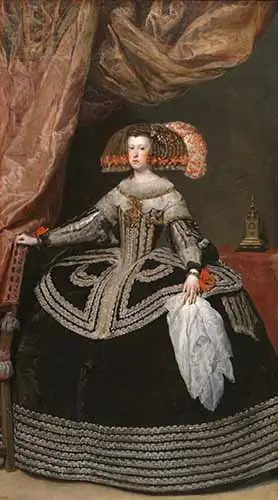Financial Support of Education

Table of Contents
Share This
Galleon trade supports colonization
During most of the Spanish administration of the Mariana Islands (1668-1898), Spain provided a subsidy or situado to cover the administrative costs associated with the colonization of the islands. These funds were primarily dependent upon the success of the galleon trade in the Pacific. Galleon ships en route from Acapulco to the Philippines transported freshly minted silver from Mexico (New Spain) as the primary form of currency for the purchase of Asian goods, specifically Chinese products. The subsidy for the Marianas Islands originated from the Royal Treasury of Mexico and was administered by government authorities in the Philippines.
By the early 1800s, the galleon trade in the Pacific was waning. In effect this decreased the amount of support available to Spain’s possessions in the Pacific. The last subsidy from the Treasury of Mexico was received in 1810. The last galleon to visit Guam was the Magellen in 1815. In 1817, the Mariana Islands were transferred to the Superior Government of the Philippines in Manila as a province and a much smaller annual subsidy was provided by the Treasury of the Philippines.
Queen Mariana of Austria provided endowment
With regard to the field of education, primary instruction was consistently funded by an endowment fund established in 1673 by Queen Mariana of Austria (the namesake of the Mariana Islands) specifically to support the administrative costs and maintenance of the schools on the islands. This endowment fund of 3,000 pesos was known as an obra pía which literally translates into “pious or charitable work.”
As such, the Colegio de San Juan de Letrán, the school or seminary established by Father Diego Luis de San Vitores in Hagåtña and other primary schools received this annual subsidy from the Treasury of Mexico to fund the salaries (haberes) of teachers and assistants as well as the costs of furniture, supplies, and maintenance of the schools on the islands. The obra pía was administered by a special officer under the supervision of the Governor-General of the Philippines.
Similar to the reduction of the administrative subsidy for the archipelago, by the early 1800s the obra pía could not sustain the educational needs of the islands, and funds from the municipal treasury or caja municipal were needed to supplement the original endowment fund provided by Queen Mariana.
In 1890 there were fifteen teachers and two aides employed throughout the schools in the Mariana Islands. The two teachers with degrees received fifteen to twenty pesos a month while those without degrees received three to five pesos a month.
For further reading
Ibañez y Garcia, Luis de. The History of the Marianas, with Navigational Data, and of the Caroline and Palau Islands: From the Time of their Discovery by Magellan in 1521 to the Present. Translated and annotated by Marjorie G. Driver. MARC Educational Series no. 12. Mangilao: Micronesian Area Research Center, University of Guam, 1992.
Vara de Rey y Rubio, Joaquín, Luis Santos Fontordera, and Luis Cadarso y Rey. Reports Concerning the Mariana Islands: The Memorias of 1890-1894. Translated and annotated by Marjorie G. Driver. Mangilao: Richard F. Taitano Micronesian Area Research Center, University of Guam, 2000.
